The 15th-century complex where ‘The English Patient’ was filmed is a now a diocese-run agriturismo.
Lenten Campaign 2025
This content is free of charge, as are all our articles.
Support us with a donation that is tax-deductible and enable us to continue to reach millions of readers.
Canadian author Michael Ondaatje wrote The English Patient in 1992. Since then, the epic story of Count Laszlo de Almasy, a Hungarian man that suffered severe burns after a plane accident in North Africa and who slowly starts to remember his past while tended by a nurse in an Italian monastery, has become one of the most celebrated works of fiction of our time.
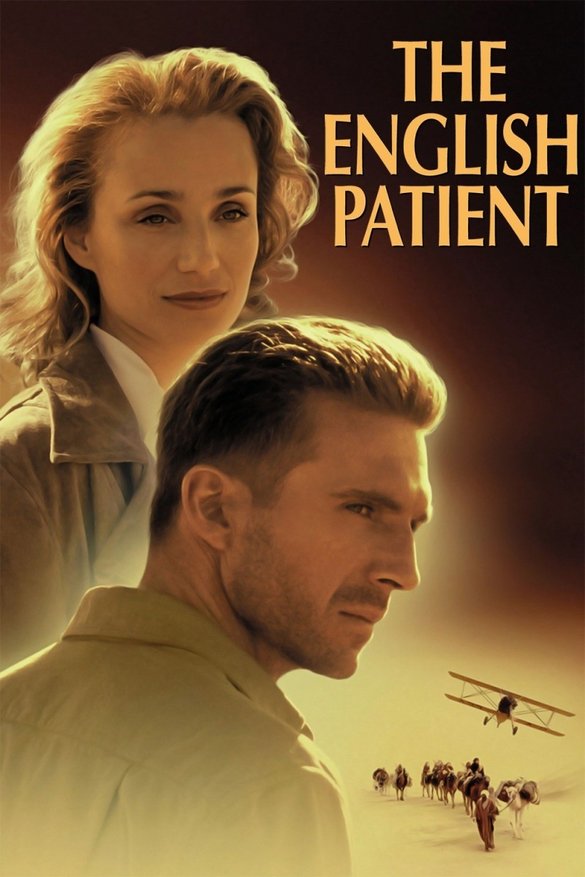
The novel was just awarded the Golden Man Booker prize, a one-off award created to celebrate the 50th anniversary of the Man Booker prize, the most prestigious English literary recognition. And the 1996 film adapted from the novel by British director Anthony Minghella, starring Ralph Fiennes, Kristin Scott Thomas and Juliette Binoche, has won 9 Oscars, 2 Golden Globes and 6 BAFTAs.
The film was shot in stunning locations around the world, from Cairo to the Sahara Desert. But the most recognizable setting from The English Patient is probably the Monastery of St. Anne in Camprena, in the Tuscan countryside just outside of Siena, where Laszlo spends his final days recounting his life story to a Canadian nurse.
The monastic complex, composed of an abbey, a monastery and a small cemetery, was founded by Benedictine monks coming from the nearby Abbey of Mount Oliveto in the 15th century.
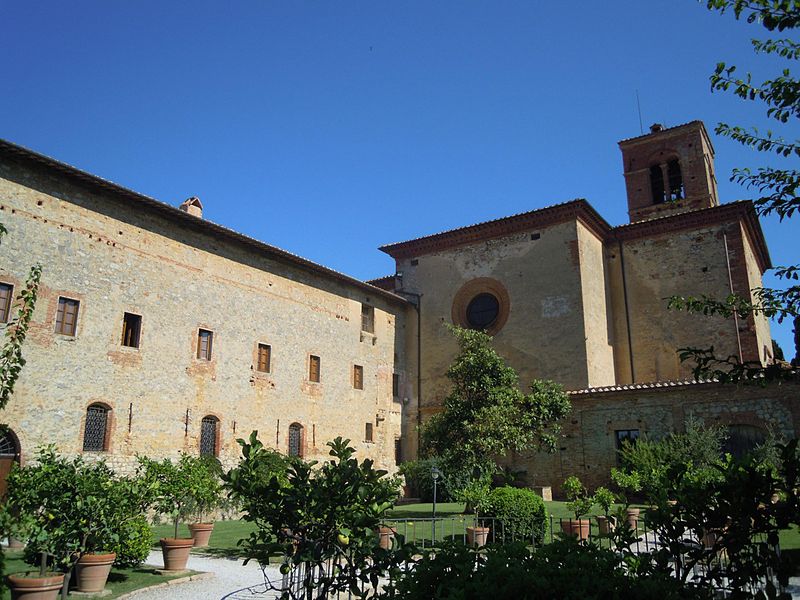
The monastery was built to the right of St. Anne’s church. Its main facade features a series of rectangular asymmetrical windows and a wooden gate shaped like a round arch. Its interior is structured around the original medieval cloister, which is surrounded by four corridors with groin vaults. The back of the complex features a large gated garden with a 15th-century fountain at its center. Aside from the facade and the interiors, the spot that is probably easiest to recognize in the movie is the bell tower, which soars above the harmonious Tuscan hills to which director Antony Minghella dedicates a few individual shots.
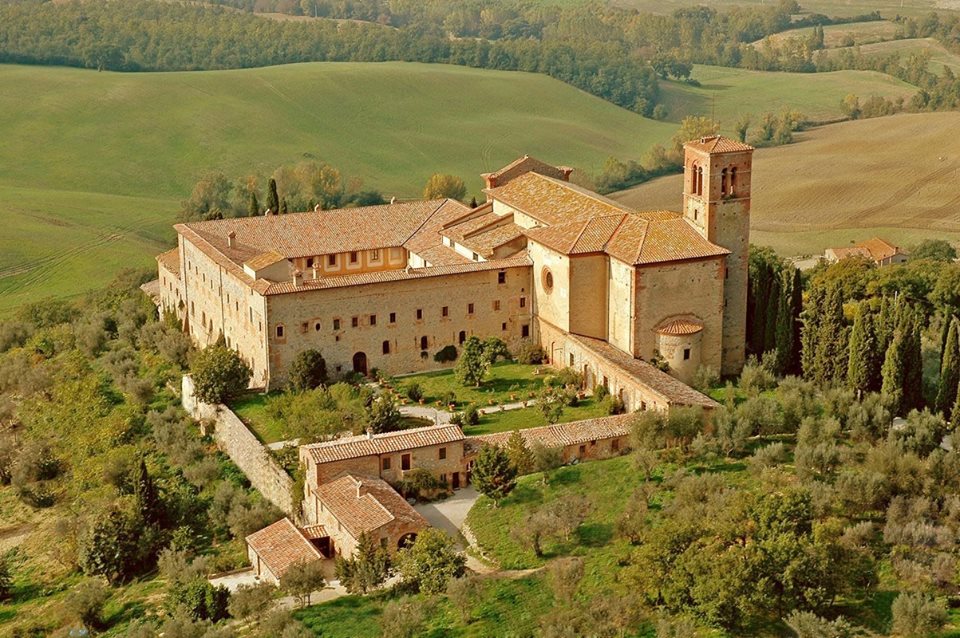
A rectangular room located southwest from the central cloister used to host the monks’ refectory. Its walls were decorated with frescoes by Renaissance artist Giovanni Antonio Bazzi. The frescoes at the entrance depict St. Benedict sitting on a throne surrounded by monks, the sorrow of Christ’s Death and the Madonna sitting on a throne with baby Jesus and St. Anne. Additional frescoes are found underneath the vaulted gate, depicting Christ the Redeemer, and at the end of the room featuring the appropriately food-themed tale of the multiplication of bread and fish.
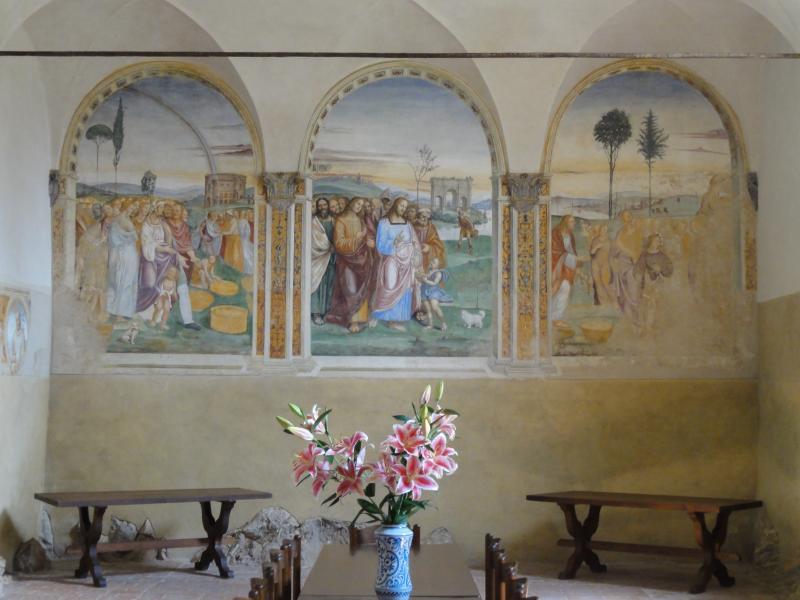
In 1784 the monastery was converted to the parish of the diocese of Pienza, a nearby town, and during the summer it served as the residence of seminarians from Pienza. At the end of the 20th century the structure was reconverted into an agriturismo (Italian for a bed and breakfast that usually features a working farm) managed by the joint dioceses of Montepulciano, Chiusi and Pienza.
In 2004 UNESCO declared the monastery’s surrounding valley, the Val d’Orcia, a UNESCO World Heritage Site. This means that no new buildings can be erected in the area, which seems to be stuck in Renaissance times.
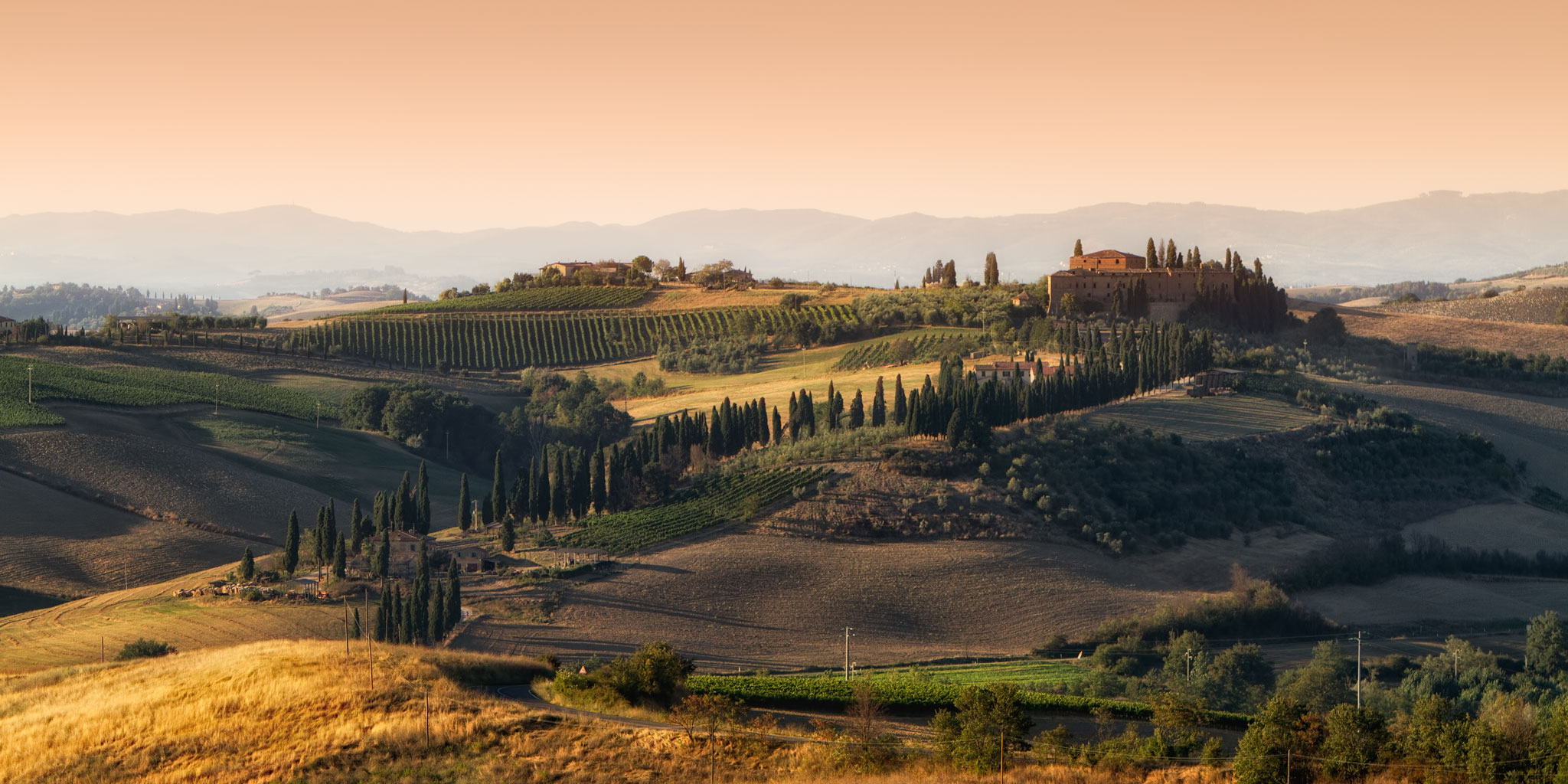
Visitors choosing to stay at the agriturismo have the unique chance to sleep in the cells that used to host Benedictine monks and to eat in its impressively decorated refectory. The diocese also offer classes in Italian language, music, drawing and photography. And during the summer, the nearby Church of St. Anne hosts a series of classical music concerts that draw visitors from all around Tuscany.








